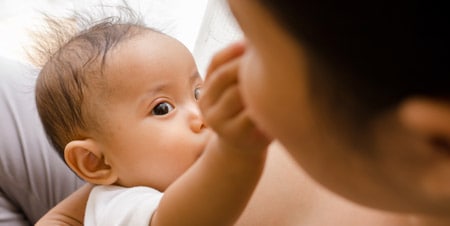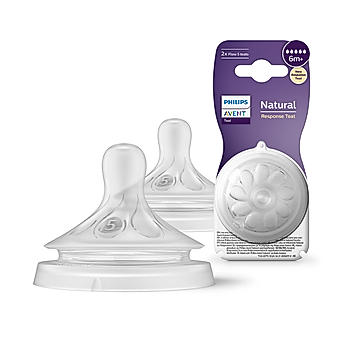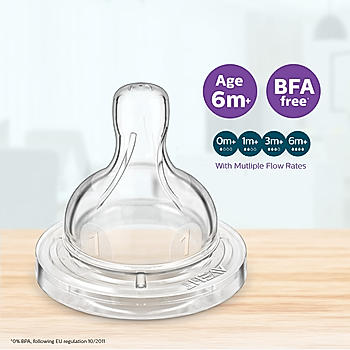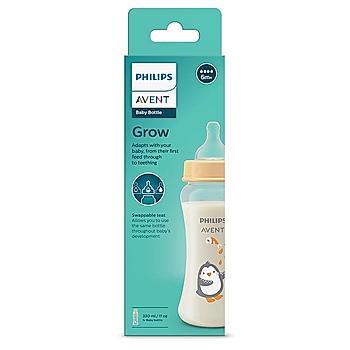If you are wondering what is nipple confusion, or what is the best feeding bottle to avoid nipple confusion, look no further. In babies that are fed with a combination of breast and bottle regularly, nipple confusion is a common issue when it comes time to switch between the two. Read this article to learn more.

Baby Nipple Confusion Between Breast & Bottle
If you are wondering what is nipple confusion, or what is the best feeding bottle to avoid nipple confusion, look no further. In babies that are fed with a combination of breast and bottle regularly, nipple confusion is a common issue when it comes time to switch between the two.
What is nipple confusion?
If you’ve been searching for nipple confusion baby advice, first it is important to understand what nipple confusion is and why it occurs. Contrary to popular belief, nipple confusion does not necessarily mean that your baby does not understand the difference between their mother’s breast and the bottle – but cannot get a hold of how the different technique applies to feeding time. Essentially, nipple confusion is what happens when a baby struggles to alternate between bottle feeding and breast feeding, especially if the bottle is introduced at a particularly young age. If your baby struggled to get the hang of breastfeeding at first, it is likely they will struggle with the bottle as well. That is why the timing of introducing the bottle can go a long way in avoiding nipple confusion, as well as selecting the perfect bottle that mimics the human breast as closely as possible – such as Philips Avent bottles.
Does your baby know the difference between breast and bottle?
Most babies understand the difference between a breast and bottle quite easily, as the texture, taste, feeling and suckling technique are very different for both methods. In fact, if you suspect you have a nipple confused baby, it may simply be that they prefer one method over the other. Feeding from a bottle requires much less effort than breastfeeding, since they can suck with their lips and gravity allows them to get all the milk they want right away. While breastfeeding, babies must learn the tricky technique of taking a nipple far back into their mouth and using their tongue to pump the milk, which can take more than a minute to begin. However, many babies prefer breast feeding due to the comfort, safety and closeness to mom. It is very possible and likely then that your baby does not actually have nipple confusion, but simply prefers one nipple over the other.
Nipple confusion and feeding problems
Whether your baby simply has a preference for one feeding method over the other, or actually cannot tell the difference between the two, nipple confusion can lead to feeding problems for a variety of reasons. If your baby prefers breast feeding, they may refuse to feed from a bottle entirely. If breast feeding throughout the course of the day is not an option for any reason, this poses a serious challenge as babies, especially in earlier months, require very frequent feedings daily to meet their nutritional needs. This may lead to them being underfed and may be a severe inconvenience to mothers who cannot be around their babies 24x7 due to work or other reasons. Babies that do not get enough milk on a regular basis will show delayed growth in reaching physical and mental development milestones, therefore this is a potentially serious issue.
On the other hand, if your baby prefers bottle feeding, they may not want to be breastfed, or may not be able to adjust to it. For mothers who cannot express their breastmilk manually or with the use of a pump, this may cause engorgement and severe discomfort. Babies may also end up latching and unlatching improperly. This can not only cause discomfort in the form of sore or cracked nipples, but can cause baby to swallow excessive amounts of air that leads to gas buildup and discomfort for baby. They may end up spitting up more than usual, or simply not consuming enough milk as well.
How to avoid nipple confusion
Avoiding nipple confusion for your baby is not a particularly complex process. By timing when you introduce the bottles, selecting the best feeding bottle to avoid nipple confusion, and following a routine, you can avoid nipple confusion.
The best way to avoid nipple confusion is to wait until your baby is experienced at breast feeding with no problems, before introducing any type of feeding bottles. While this may differ for every baby, most experts agree that three weeks is the minimum time babies should be exclusively breast fed before being introduced to the bottle, and longer if they have any issues with nursing.
Another way to avoid nipple confusion is to select a bottle that mimics the feeling of a human breast as closely as possible, and is designed to be interchanged with breast feeding. Philips Avent natural bottles are one such bottle that help avoid nipple confusion by providing as close to natural an experience as possible.
Following a set schedule of when to breast feed and when to bottle feed may also help your baby come to terms with switching between the two methods. For example, breast feeding for the first and last feeds of the day consistently and using the bottle during the day.




